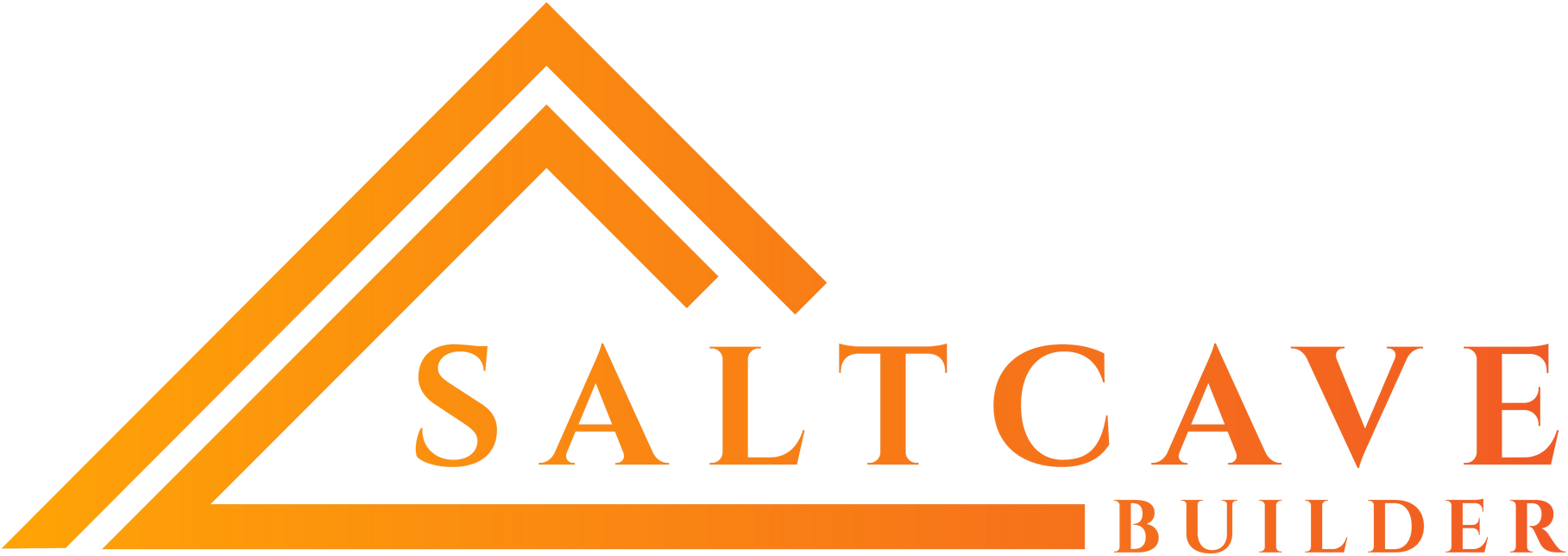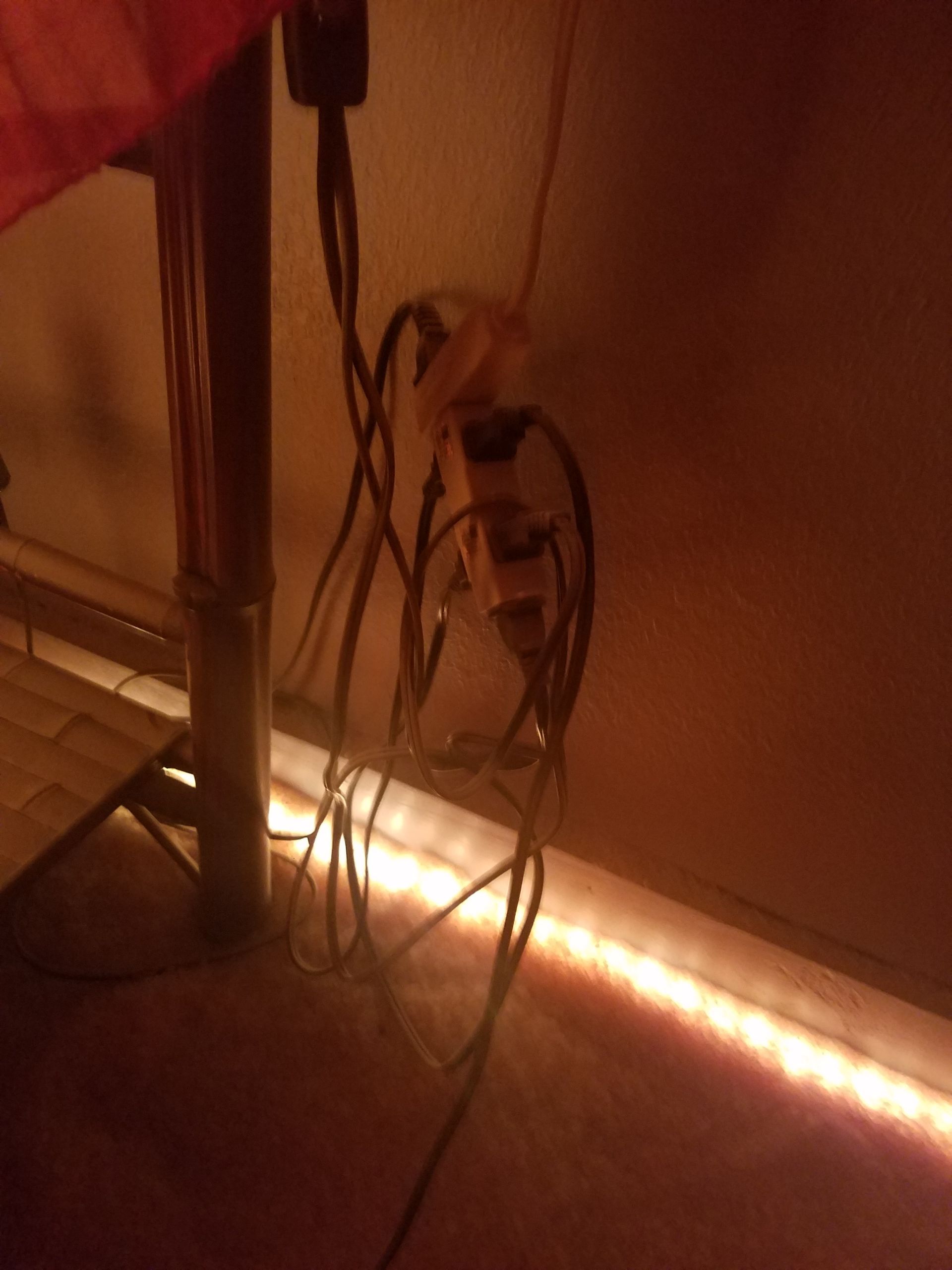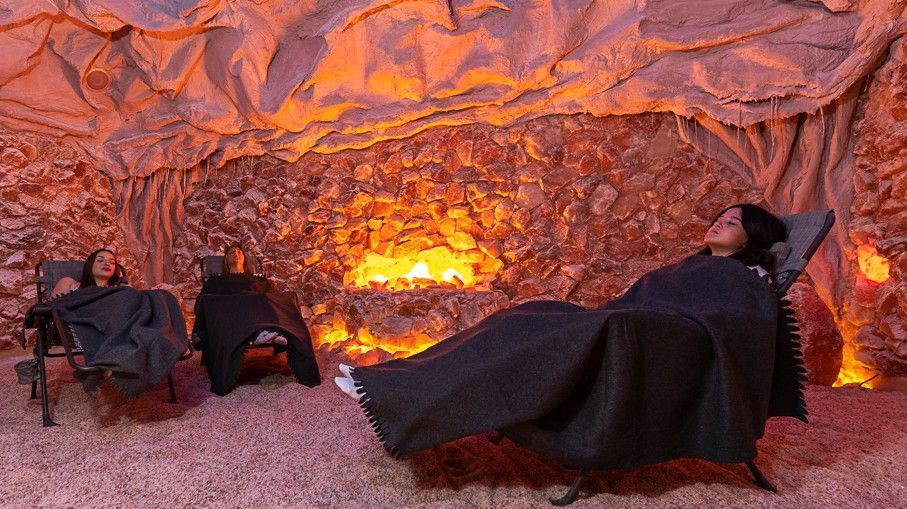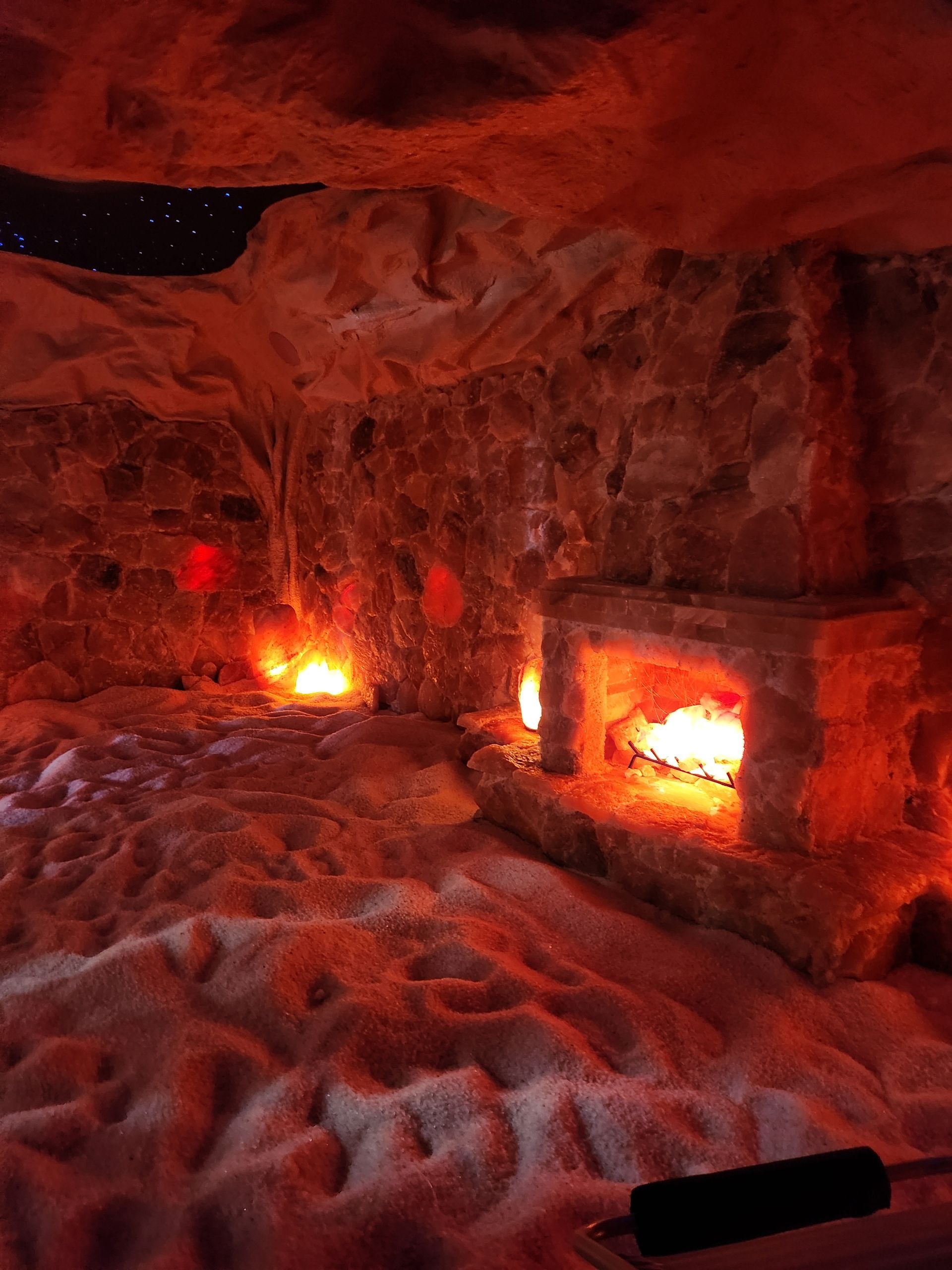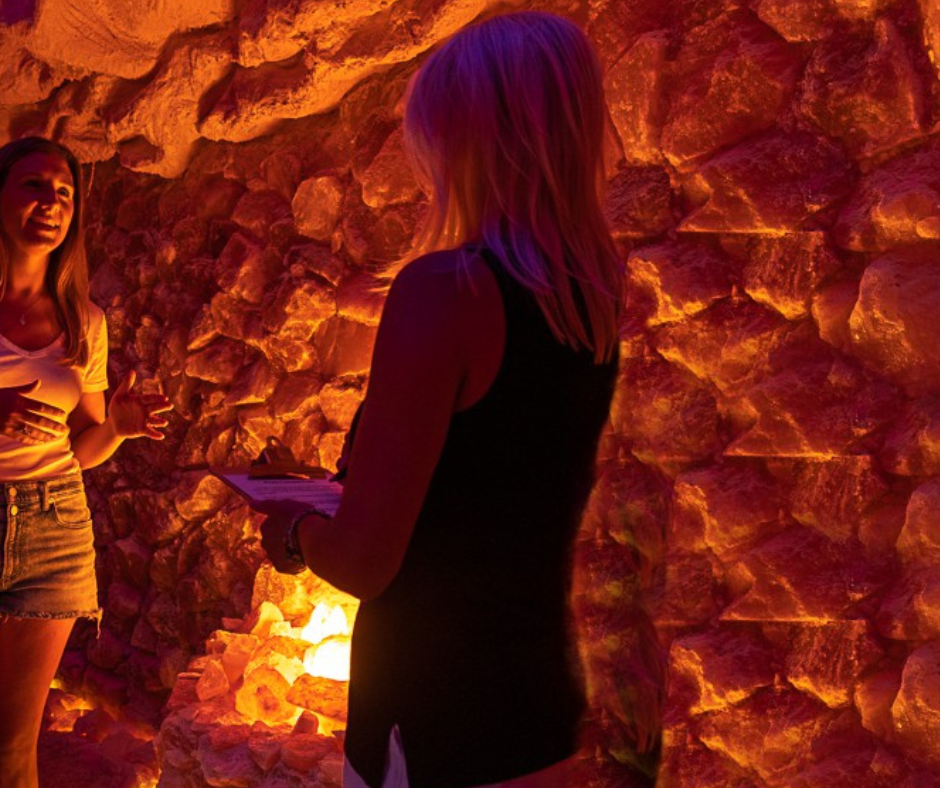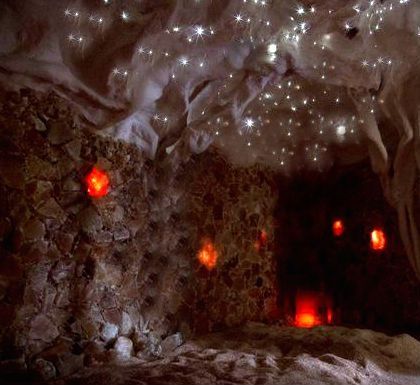Why Air Flow in a Salt Cave Can’t Be an Afterthought
Why Air Flow in a Salt Cave Can’t Be an Afterthought
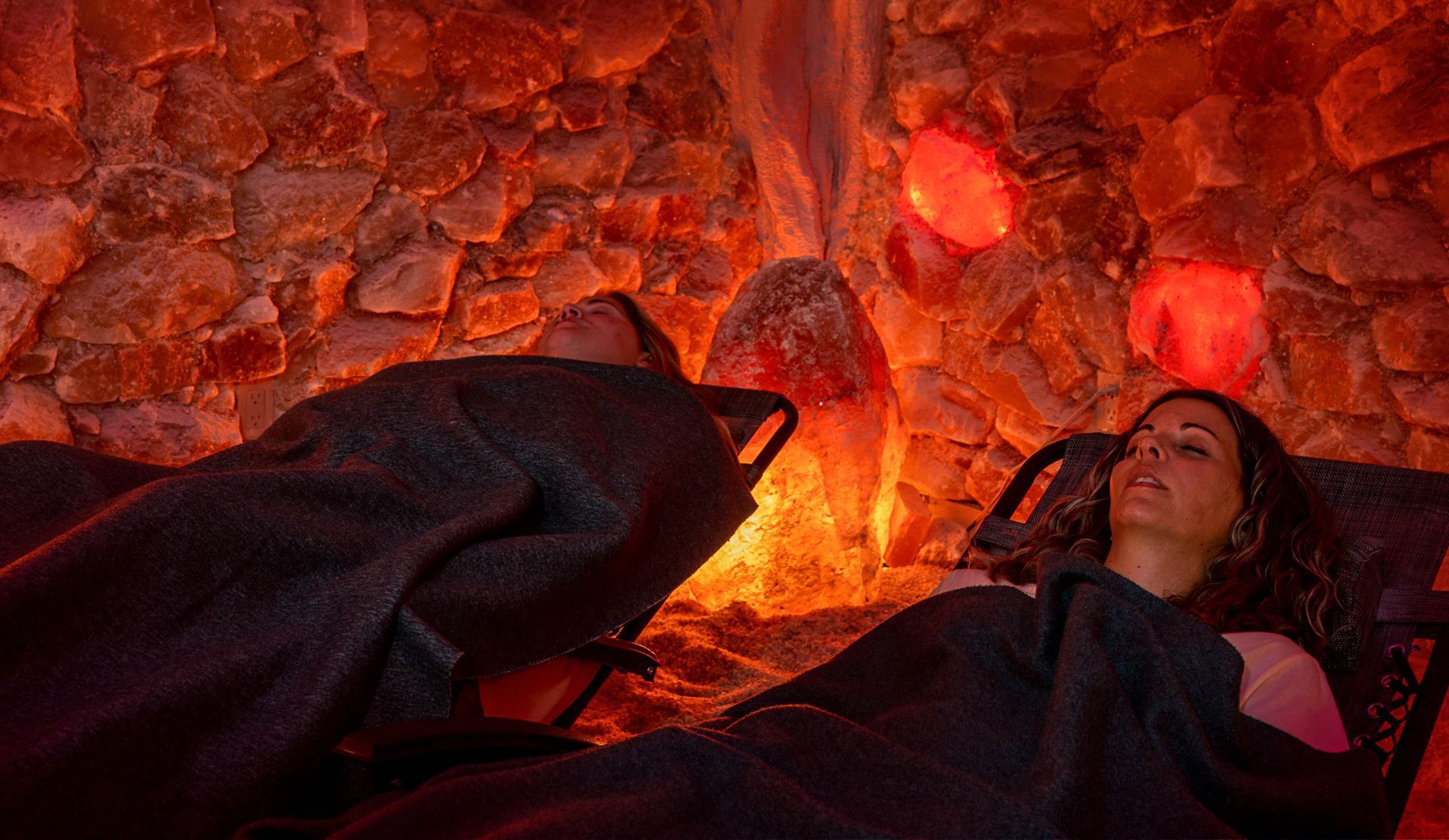
The Overlooked Danger: Poor Air Flow in Salt Cave Construction
Many builders especially those new to the salt therapy industry overlook one critical element in designing a salt cave: proper air flow.
Whether due to lack of education, experience, or awareness, this oversight can create major problems.
From unhealthy air quality to mechanical failure or even fire risk, airflow is not optional. And yet, most poorly built salt caves don’t get it right.
Air Flow Is a Key Part of Salt Cave Design
In a professional salt cave, air circulation is just as important as Himalayan salt coverage and the halogenerator.
Every cubic foot of the space needs to be accounted for.
Why? Because the salt aerosol created in a halotherapy session needs to be evenly distributed, well circulated, and properly contained without leaking out of the room or clogging up the building’s systems.
This level of precision requires CFM (cubic feet per minute) calculations, ductwork strategy, and mechanical expertise not guesswork.
Poor Air Flow and CFM Miscalculations Lead to Failure
Ignoring the proper airflow setup doesn’t just result in a mediocre salt cave it can lead to a complete system failure. Here’s what happens:
- Salt aerosol can accumulate improperly, leaving some areas oversaturated and others underexposed.
- Without clean air exchange, bacteria, dust, or mold can collect in the room.
- Humidity imbalances can disrupt the salt microclimate entirely.
- Customers may experience irritation instead of relief.
Most builders never calculate airflow needs for salt caves—and that’s where things go wrong.
When Air Flow Goes Wrong: Building Damage and Fire Risk
One of the biggest red flags in an incorrectly built salt cave is visible AC vents or air returns grills inside the room. These are giveaways that CFM calculations were never done.
Poor airflow design means the salt aerosol can escape the cave, spreading into HVAC systems, corroding ductwork, and damaging surrounding rooms. In worst-case scenarios, it can cause mechanical system failure or even a fire due to salt's impact on electrical components and air exchange equipment.
Call to Action: Choose Safe, Professional Salt Cave Builders
Don't risk your investment or your health. Always choose a builder with proven experience in salt cave design.
Air flow isn't just about comfort it’s about safety, system longevity, and therapeutic effectiveness.
✅ If you're a business owner, make sure your salt room is designed with precision.
✅ If you're a customer, avoid DIY salt rooms—many are not safe.
Get it done right the first time. Call us for a free consultation and discover why real salt caves are built not guessed.
📞
(802) 770-3138
📧
saltcavevt@gmail.com
Let’s build it safe. Let’s build it right.
